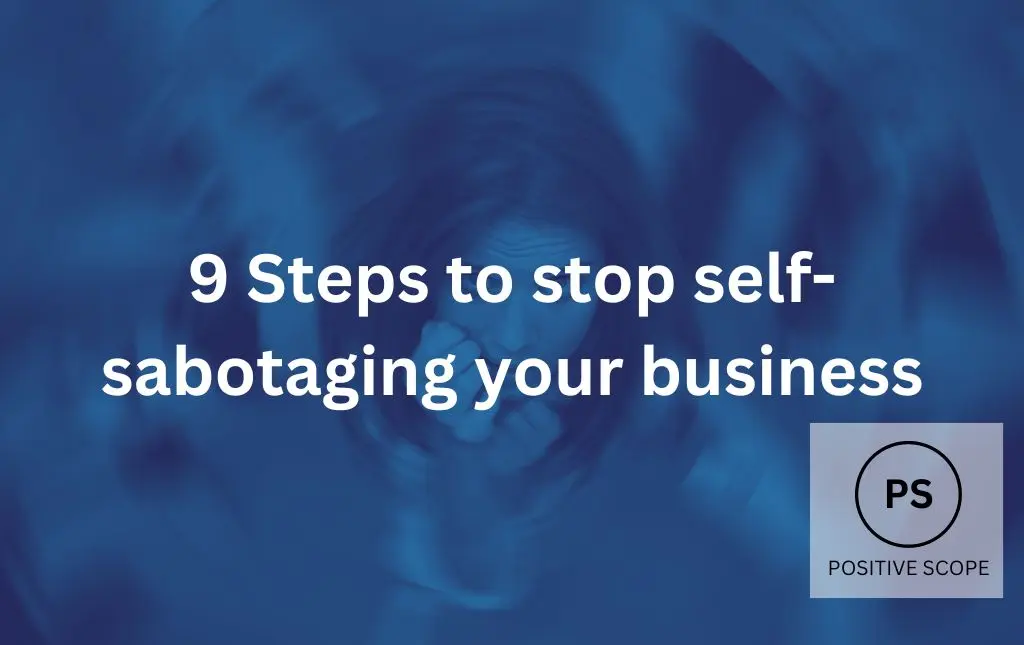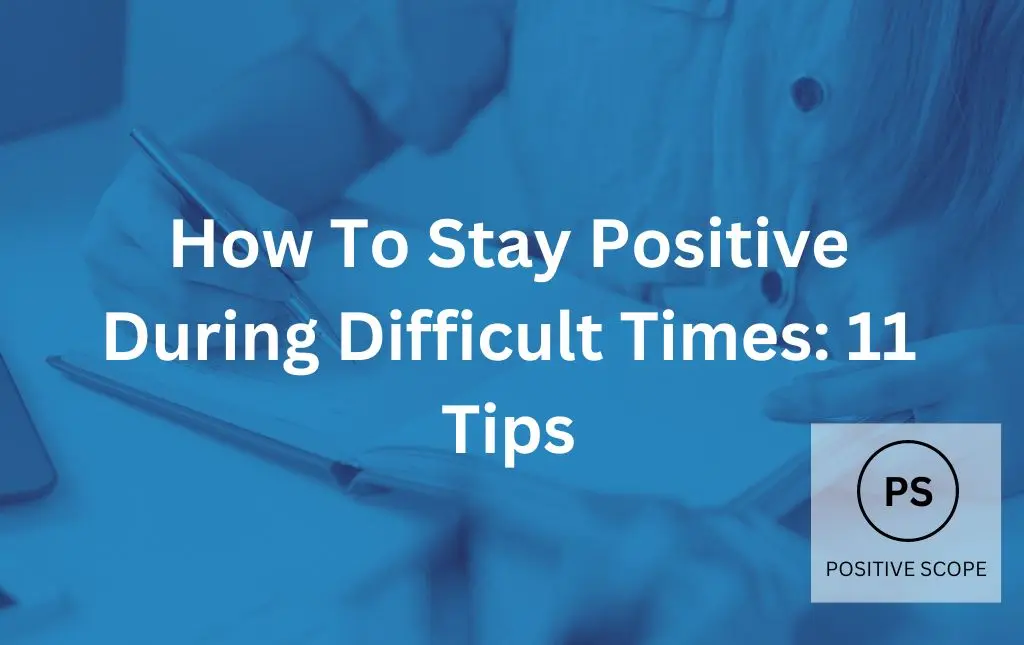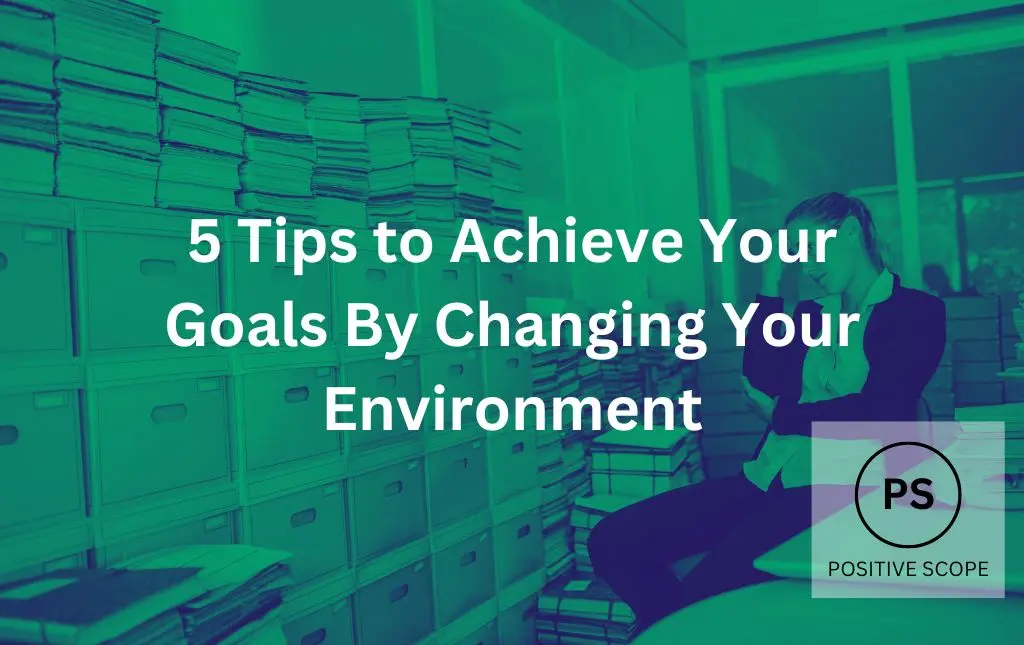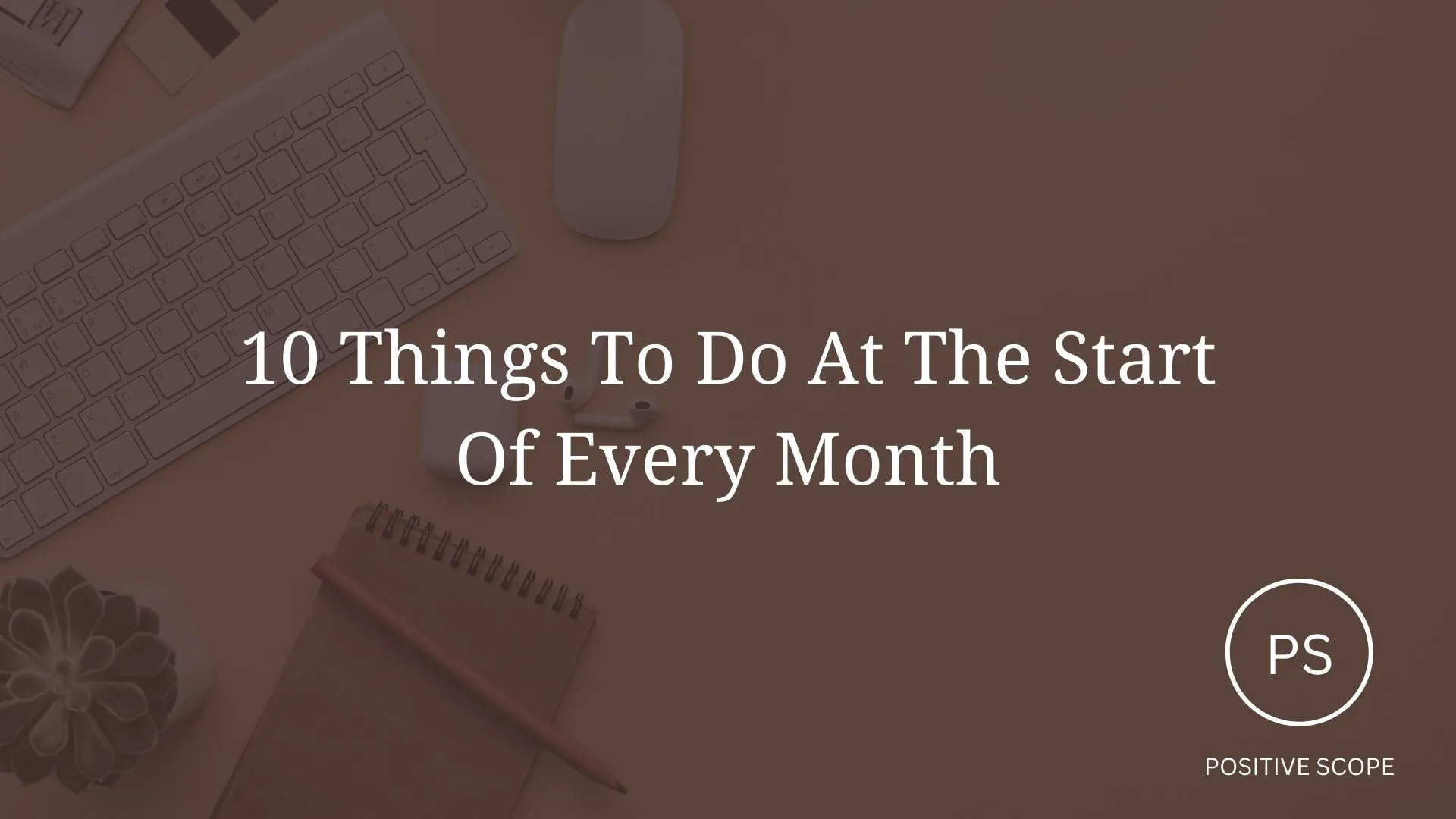How to be More Creative: 8 Tips
At our core, we are all creative beings. Whether it is writing, drawing, singing, or designing, we all have a unique way of expressing ourselves.
However, there are times when we all feel stuck, and our creativity seems to have taken vacation. This is when we need to take a step back and find ways to reignite our creative spark.
In this article, we will share 8 proven tips for boosting your creative potential.
From changing your environment to engaging in mindfulness practices, we will explore various ways to improve your creativity and help you produce your best work yet.
What you process: incoming stimuli
Humans are hardwired to automatically process incoming stimuli, such as sensory input and words. This is a function of the brain that works subconsciously and is constantly being conducted.
However, this linear thought process often directed by logic leaves no room for creativity.
To be creative in any given task or project, it’s important to challenge the logical pathways of your mind with new and unique insights.
There are several methods that can help in improving creativity by changing your way of processing information:
1. Learning something completely new – try something you haven’t done before like a hobby or a skill training course;
2. Diversifying sources of information and knowledge – experiment with various media or speakers to find what resonates with you;
3. Paying attention to details – when going about mundane tasks look for things that may have been overlooked before;
4. Thinking outside the box – don’t be afraid to use abstract thinking or brainstorming techniques to explore different ideas and solutions;
5. Exploring multiple perspectives – if stuck at an impasse take time to consider different points of view;
6. Taking regular breaks from work – fatigue clouds thinking ability, so taking breaks during the day will keep one focused and thinking more clearly;
7. Questioning everything around you – questioning why something works the way it does leads to further understanding and new ideas;
8. Practicing mindfulness – becoming aware of habitual pathways can make it easier to recognize patterns as well engage in more creative thinking.
How do you process it?
Understanding how we process incoming stimuli and information is key to improving creativity.
The average person receives an average amount of stimuli, but it’s how we process that determines why most people are not considered creative.
We often use models with embedded heuristics or assumptions for navigating through life, which helps us get through situations with reduced effort.
However, this same efficiency that works in our favor also acts as a barrier to creative thought as these 10 heuristics become embedded “truths” in our minds that limit the directions our train of thought can take.
To improve creativity, we need to find ways to reduce these “limitations”.
This doesn’t mean getting rid of them completely -some limitations provide the structure and boundaries necessary for functioning properly in society- but rather finding a balance by adjusting the way we process information and introducing new elements into our thinking patterns that open up previously unexplored avenues.
Things like being mindful of social pressure and understanding its power over our thoughts can help break down conventional associations that typically only lead to more linear thinking.
By reevaluating the way you process information, you can gain greater creative potential.
How do I become more creative in a responsible manner?
“How do I become more creative in a responsible manner?” is an important question when it comes to improving creativity. Here are some tips to consider when trying to process new ideas:
• Acknowledge your limitations: Consider the social rules you are bound by and why you may be exhibiting certain behaviors or thinking in certain ways. Challenge yourself to find arguments against what you assume as absolute truths. Doing this on a regular basis will allow you to think more creatively and free of mind.
• Observe your mind: Be mindful of how you respond to situations, any patterns that you tend to fall into, and try to break them. Challenge yourself in performing differently and repeat these changes regularly.
• Observe your surroundings: Absorb every piece of information around you -what people are wearing, their attitudes, different sounds, smells etc. After doing this for a while, patterns will start manifesting -people tend not to be very creative!
• Don’t Fear Asking Questions: Ask questions whether they are internal or vocalized- even if they seem silly! Try answering them too see what solutions come up with.
• Push Yourself Into New Experiences: Not only will this provide extra stimulation the explore new ideas but it can also help invigorate your energy levels!
Most importantly, do all of these things continuously without wasting time resting in between steps.
Eventually, groups of crazy ideas will start coming together as your mind works differently than it usually does- just be brave enough and jump into the unknown!
10 Extra Tips to Unleash Your Creative Thinking
1. Change Your Environment
Sometimes, all you need is a change of scenery to get your creative juices flowing. Whether it is working from a different location or rearranging your workspace, changing your environment can help you find inspiration and new ideas.
2. Collaborate with Others
Collaborating with others can be an excellent way to boost your creativity. Brainstorming with a team of like-minded individuals can help you see things from a different perspective and lead to new and innovative ideas.
3. Engage in Mindfulness Practices
Practicing mindfulness can help you quiet your mind and reduce stress, allowing your creative energy to flow freely.
Meditation, yoga, and deep breathing exercises are all effective mindfulness practices that can help you tap into your creative potential.
4. Set Clear Goals
Setting clear goals can help you stay focused and motivated.
By defining your objectives, you can create a roadmap for achieving your creative goals and ensure that you are making progress.
5. Take Breaks
Taking regular breaks can help you avoid burnout and keep your creative energy flowing.
Whether it is a quick walk around the block or a coffee break with friends, taking time away from your work can help you come back refreshed and energized.
6. Get Feedback
Feedback is an essential part of the creative process.
Seeking feedback from others can help you identify areas for improvement and refine your ideas.
7. Embrace Failure
Creative work often involves a lot of trial and error.
Embracing failure and viewing it as an opportunity to learn and grow can help you develop resilience and continue pushing your creative boundaries.
8. Explore Different Perspectives
Exploring different perspectives can help you see things in a new light and lead to fresh ideas.
Reading books, watching movies, and traveling to new places are all excellent ways to broaden your horizons and expand your creative potential.
9. Practice Self-Care
Taking care of yourself is essential for maintaining your creative energy. Make sure you are getting enough sleep, eating a healthy diet, and engaging in regular exercise to keep your mind and body in peak condition.
10. Experiment with Different Techniques
Experimenting with different techniques and mediums can help you find new and exciting ways to express yourself creatively.
Whether it is trying a new art form or exploring new technology, don’t be afraid to step outside your comfort zone and experiment with different approaches to your work.





